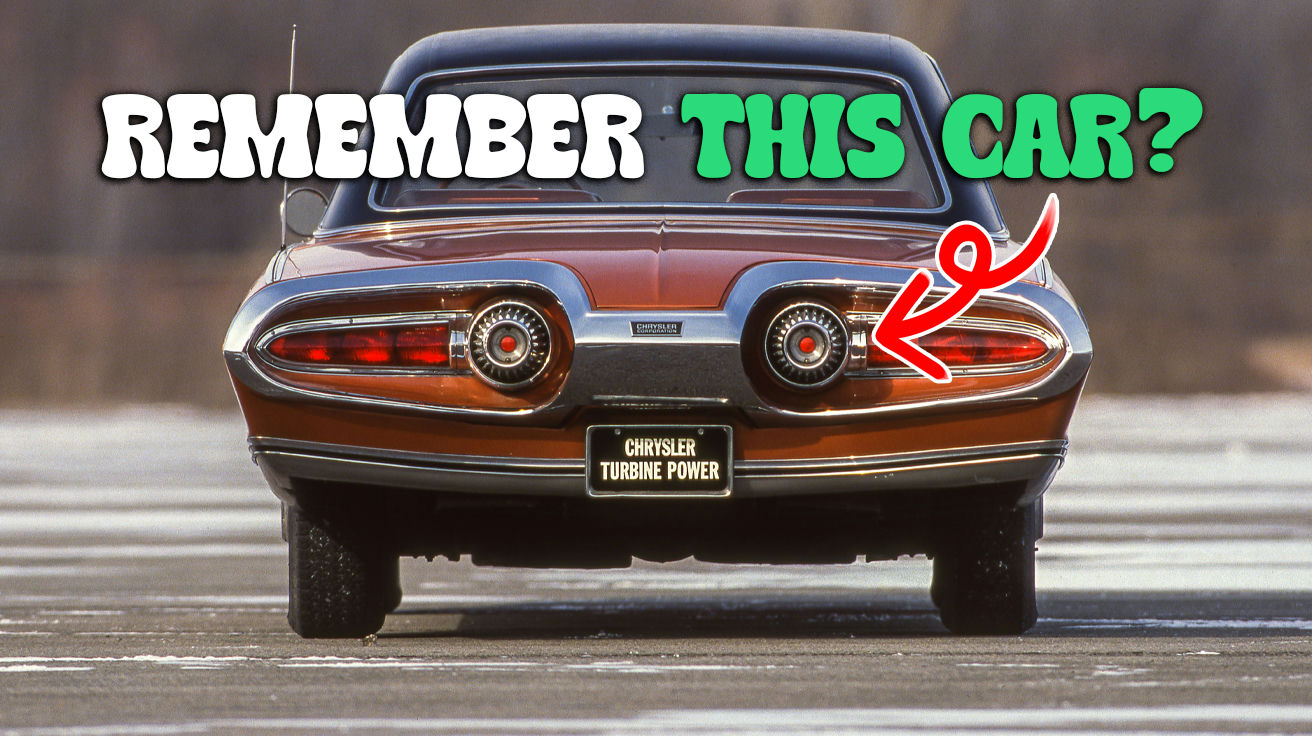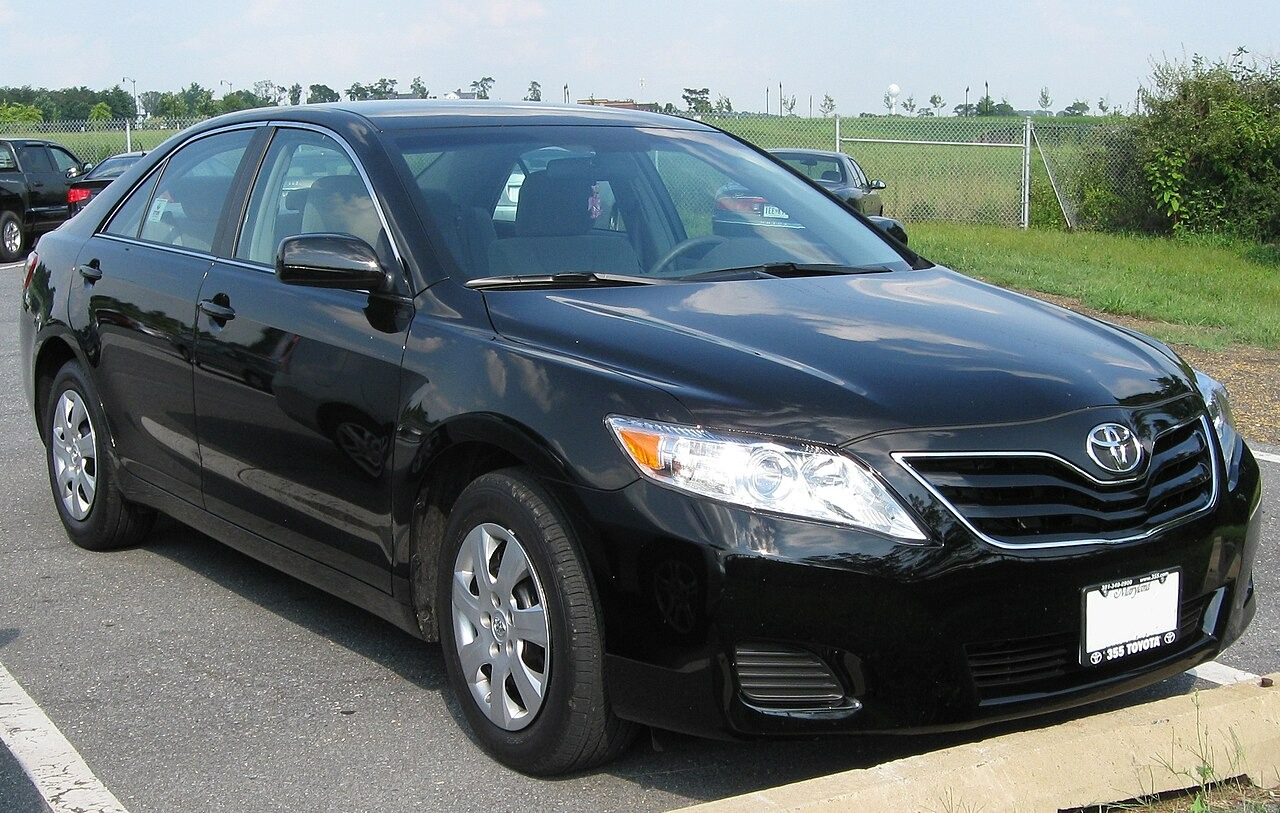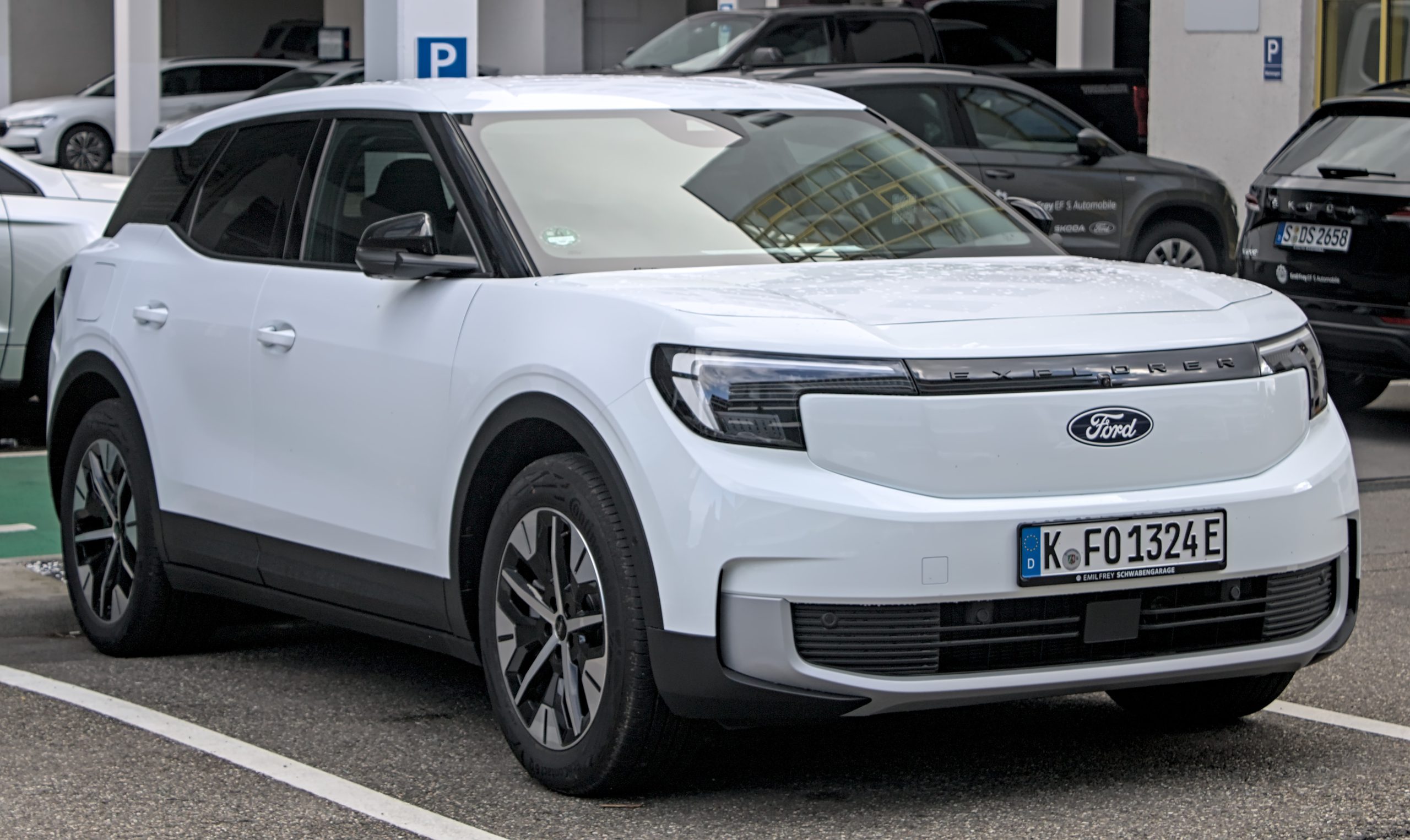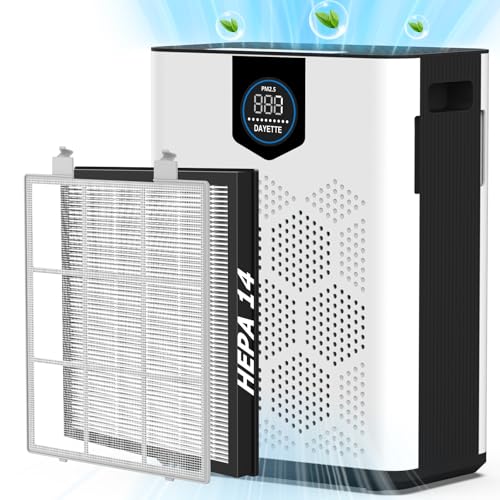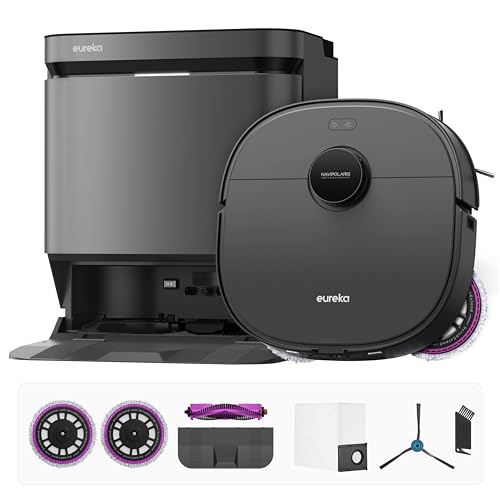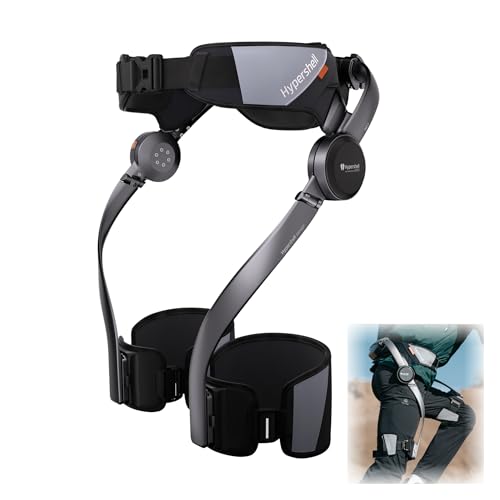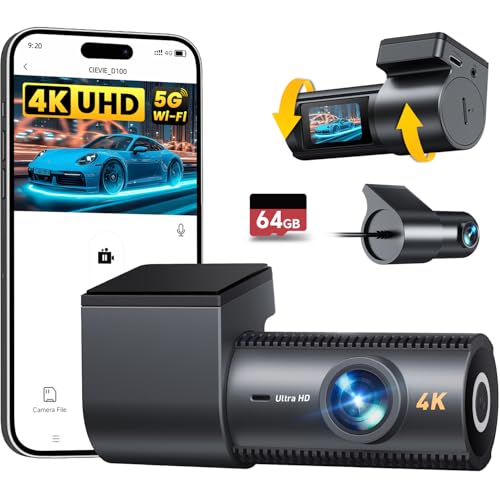The 1950s promised a future of gleaming appliances, push-button convenience, and technological marvels in every American home. Instead, the decade delivered some of the most spectacular product failures in history—innovations that seemed brilliant on paper but crashed harder than a malfunctioning Edsel into a brick wall. These 20 flops reveal how even the most confident predictions about consumer needs can go hilariously wrong.
20. Pyrex Mixing Bowls (Original Design Failures)
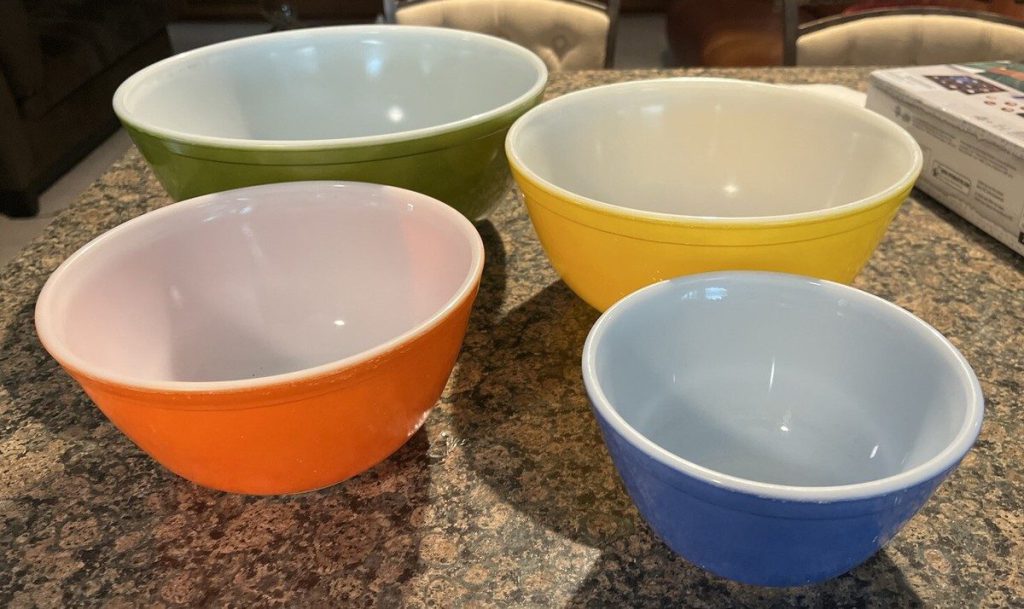
The brightly colored glass bowls became prized collectibles, but Pyrex’s initial attempts at automated mixing bowl sets with mechanical stirring attachments flopped spectacularly. Turns out people preferred doing their own whisking without worrying about glass shards in their cake batter.
19. Pressure Cookers (Home Canning Models)
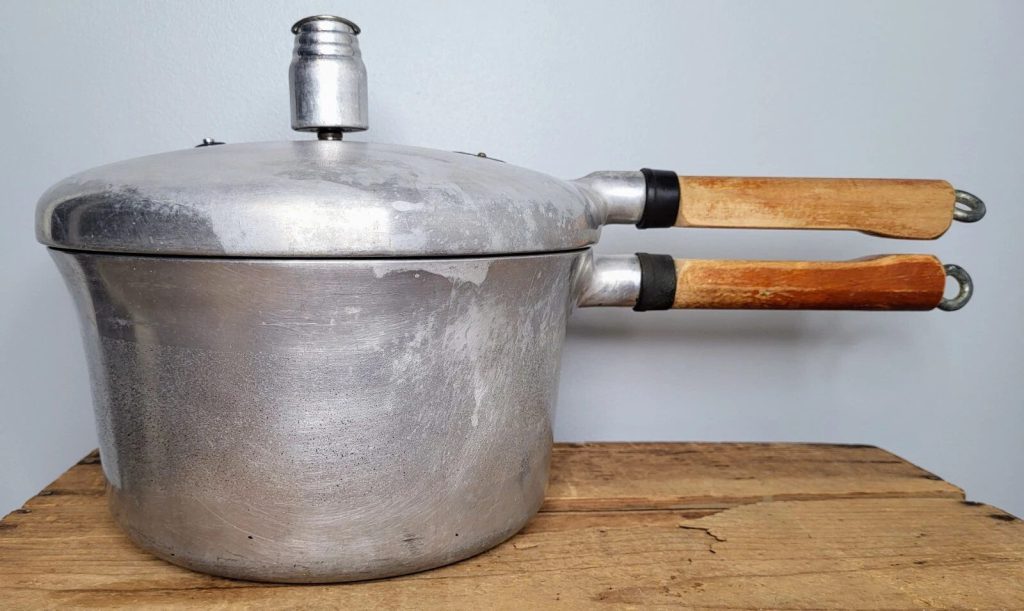
Once a staple for home canning, these kitchen time bombs tumbled in popularity by the late 1950s as freezers and store-bought canned goods replaced complex preservation routines. Anyone who’s heard one whistle knows why nervous housewives gladly traded them for safer alternatives.
18. Electric Ice Cream Churns
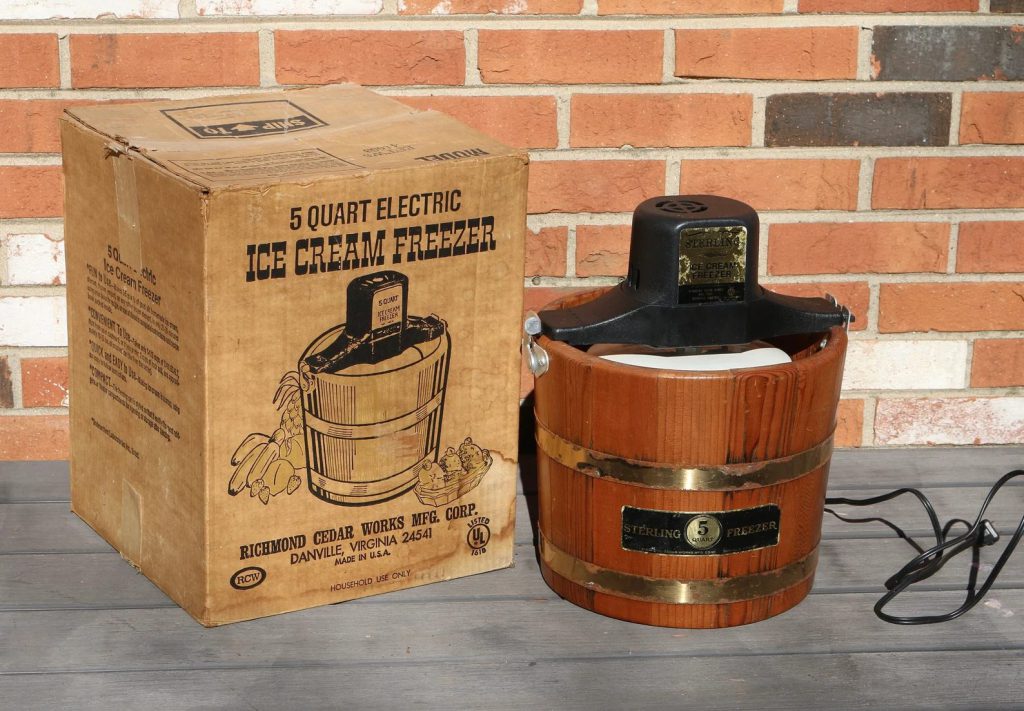
These bulky countertop machines promised homemade ice cream without the elbow grease. Reality check: they took up half the kitchen, made noise like a cement mixer, and produced results no better than the hand-crank version your grandfather used.
17. Automatic Pancake Makers
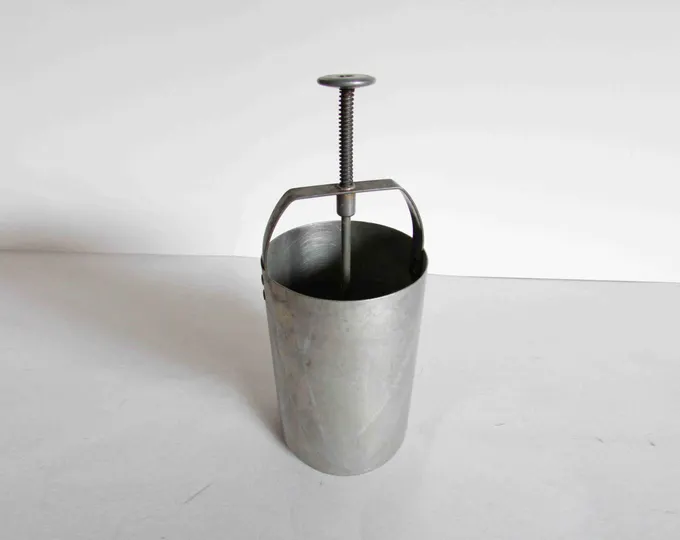
Picture a waffle iron’s ambitious cousin that couldn’t quite figure out portion control. These gadgets either produced pancakes thin as crepes or thick as hockey pucks, with no middle ground for actual breakfast success.
16. Electric Butter Churns
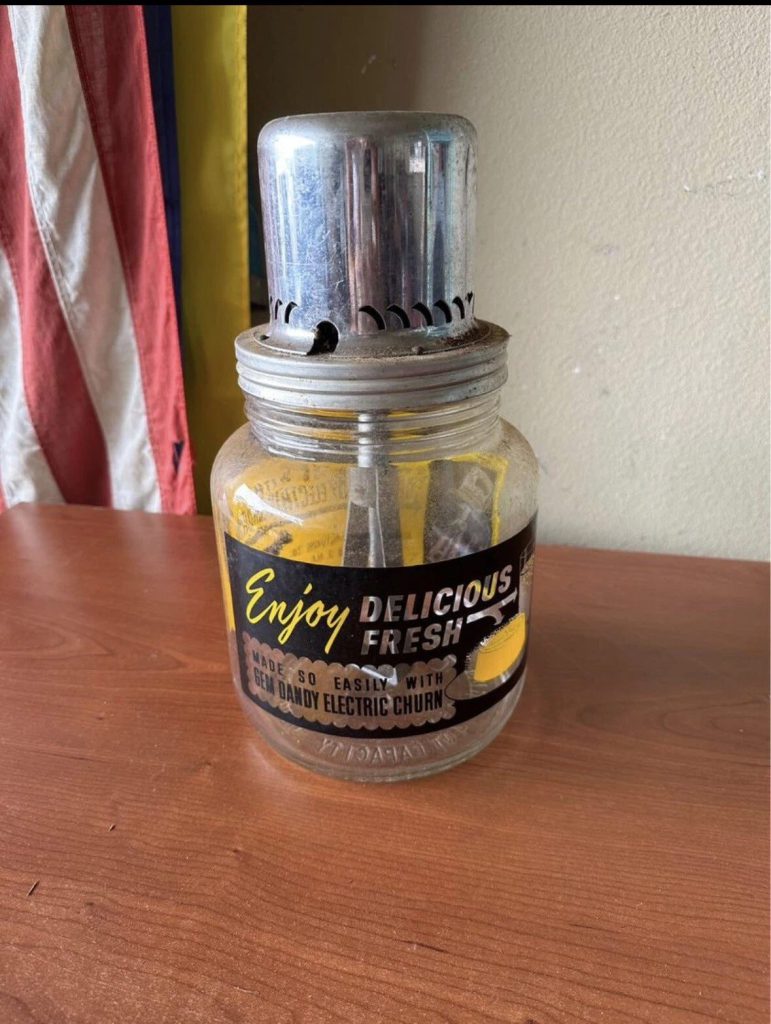
Marketing claimed these would revolutionize home dairy production. Instead, they mostly revolutionized the art of cleaning butter splatter off kitchen walls while producing expensive, mediocre butter that cost more than store-bought.
15. F10 Must-Have Home Theater Products for the Perfect Setup
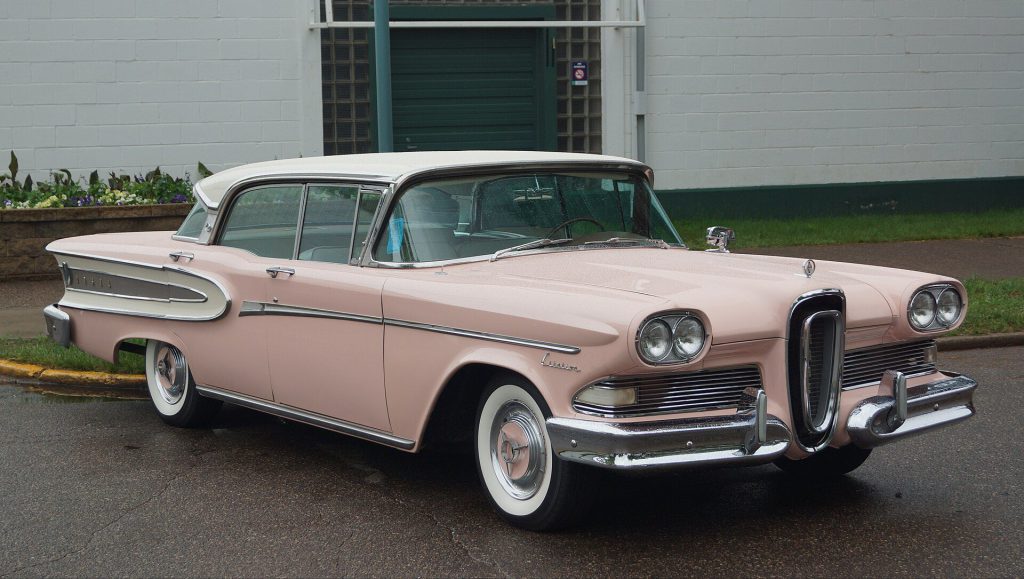
The Edsel flopped despite bold designs and futuristic controls—a business failure that haunts case studies even now. With push-button transmission that regularly malfunctioned and styling that looked like a fish gasping for air, it became the poster child for market research gone wrong.
14. Chrysler Turbine Car
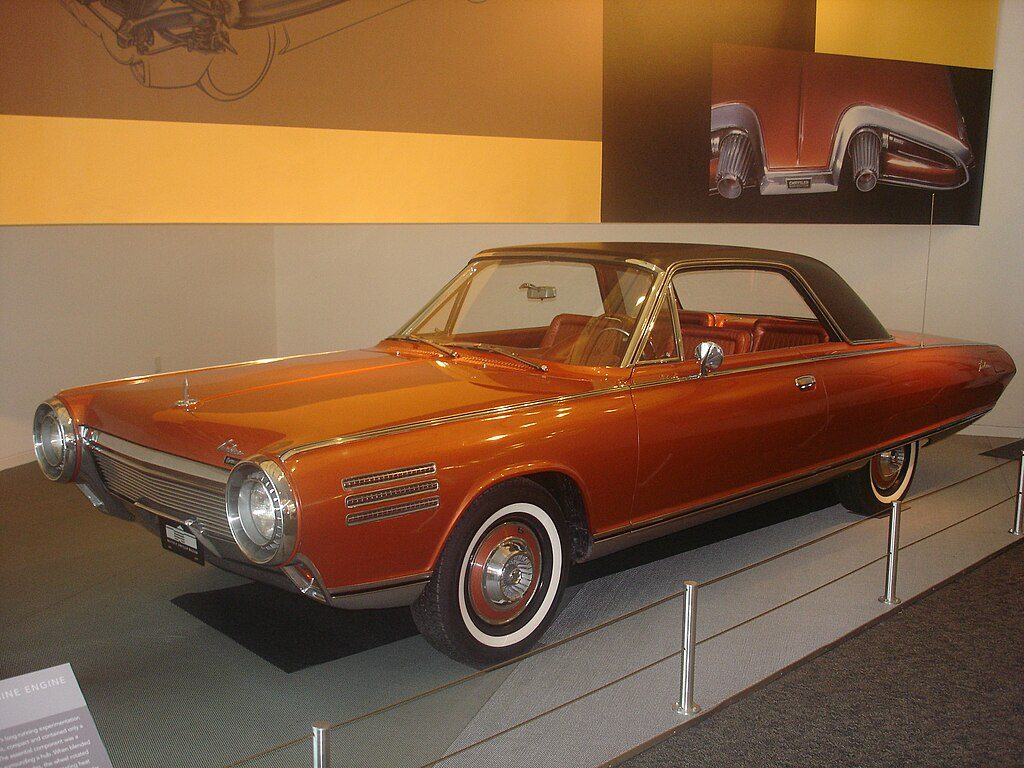
Fifty experimental turbine-powered vehicles promised jet-age driving but delivered fuel consumption that would bankrupt a small nation. The cars ran on anything from diesel to perfume, but getting more than eight miles per gallon required actual magic.
13. Tucker 48
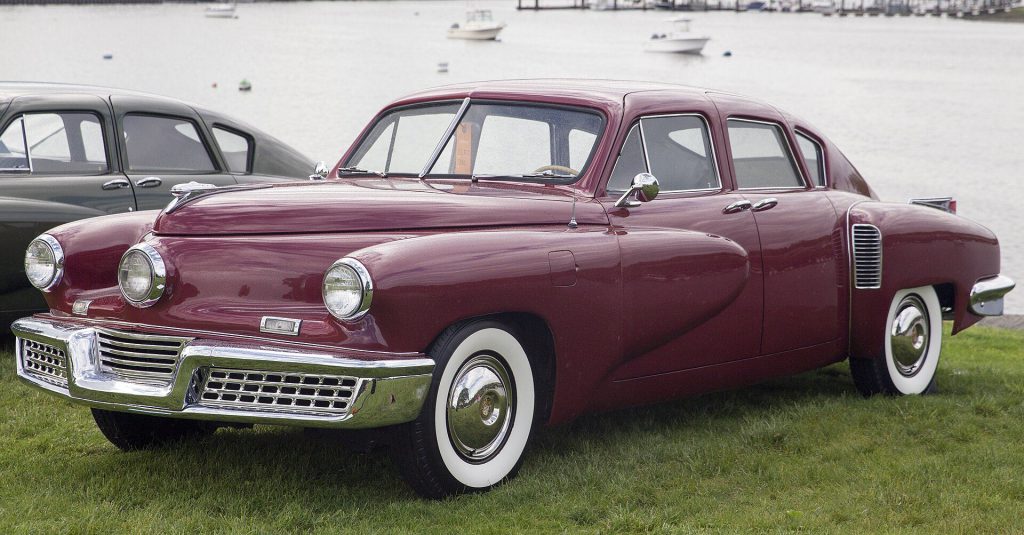
Preston Tucker’s revolutionary sedan featured innovations like a center headlight that turned with the steering wheel. Only 51 were built before financial troubles killed production, making it less a commercial failure than a beautiful dream that reality couldn’t afford.
12. Nash Airflyte
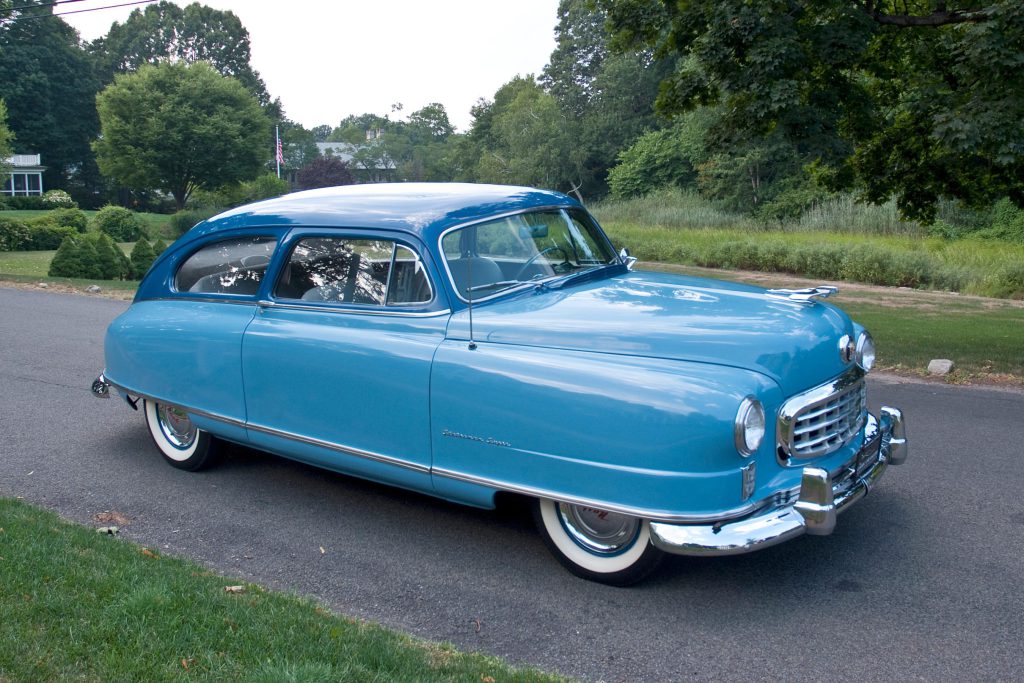
This aerodynamic marvel looked like it belonged in a sci-fi movie, which was precisely the problem. Consumers weren’t ready for cars that resembled spaceships, especially ones with visibility issues that made parking feel like piloting blind.
11. Crosley Hotshot
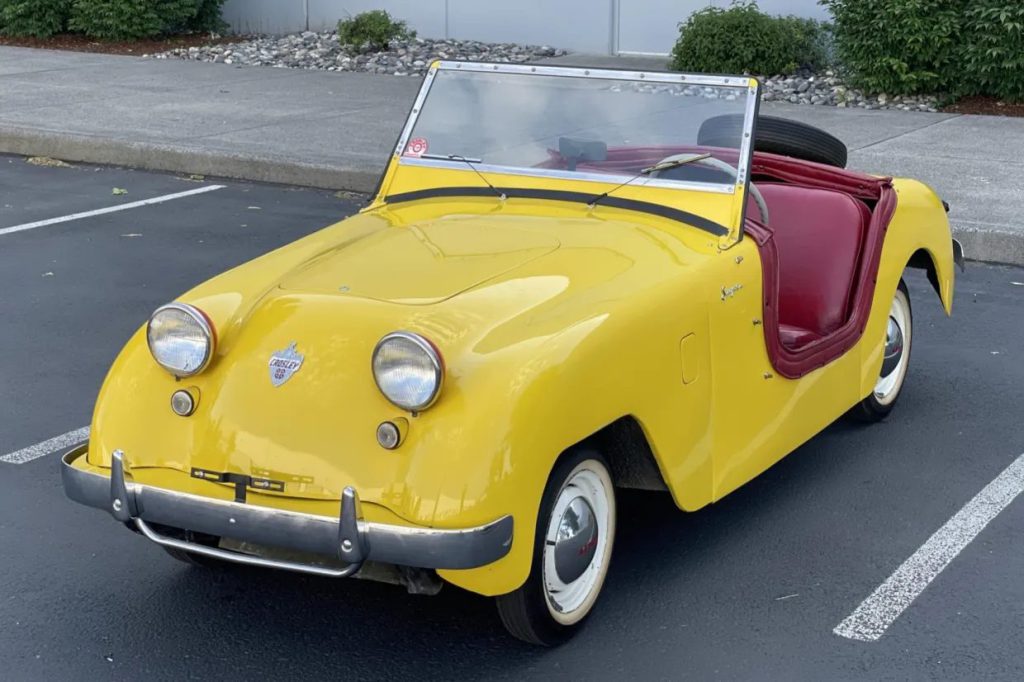
America’s attempt at a tiny sports car produced something that looked sporty but performed like a lawn mower with delusions of grandeur. The lightweight body couldn’t handle anything more aggressive than suburban grocery runs.
10. Electric Shoe Polishers
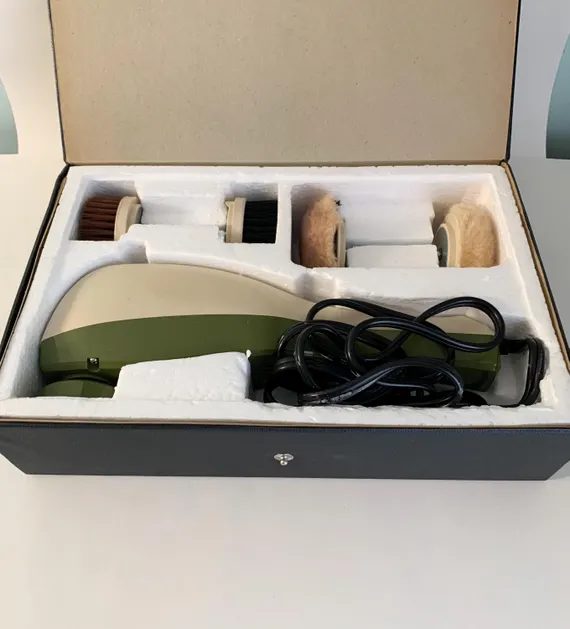
Countertop devices that promised professional shoe shines at home. They delivered uneven results, frequent mechanical failures, and the unique experience of watching expensive machinery struggle with basic footwear maintenance.
9. Drive-In Theater Equipment (Personal Sets)
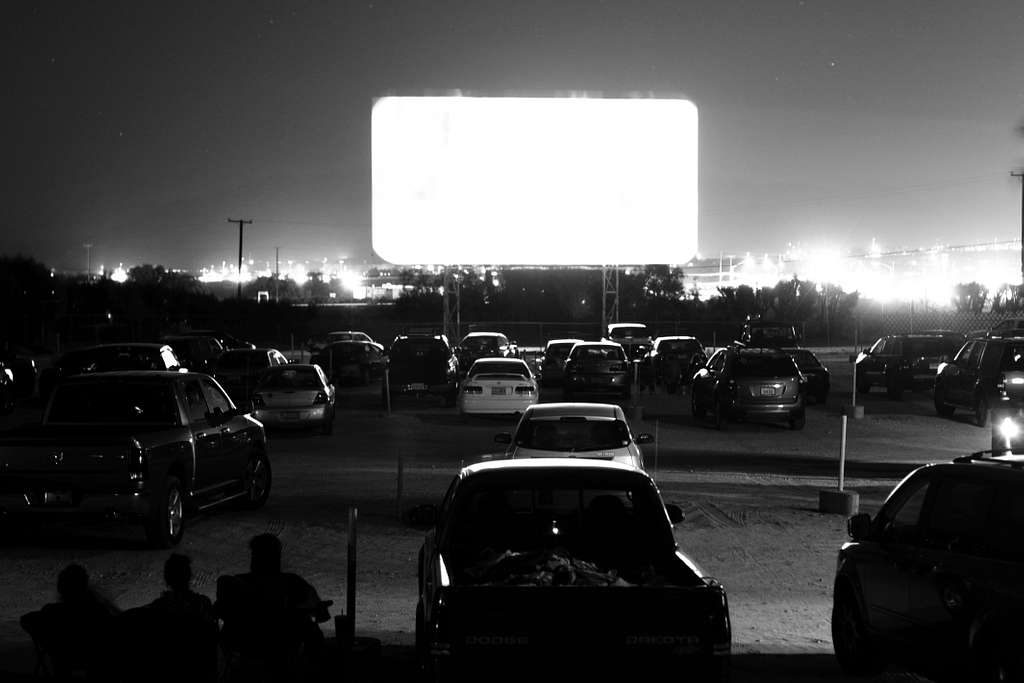
Home drive-in kits promised backyard movie magic but delivered dim projections, terrible audio, and the realization that most people’s driveways weren’t designed for cinematic experiences.
8. 3D Television Sets
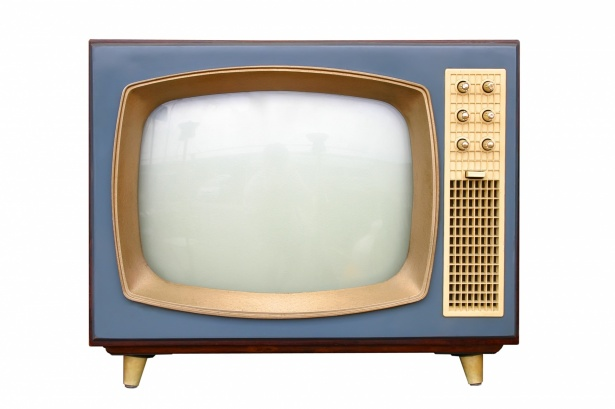
Early attempts at three-dimensional home viewing required special glasses and produced headaches faster than entertainment. The technology was decades ahead of practical implementation, making it expensive novelty rather than genuine innovation.
7. Electric Barbecue Spits
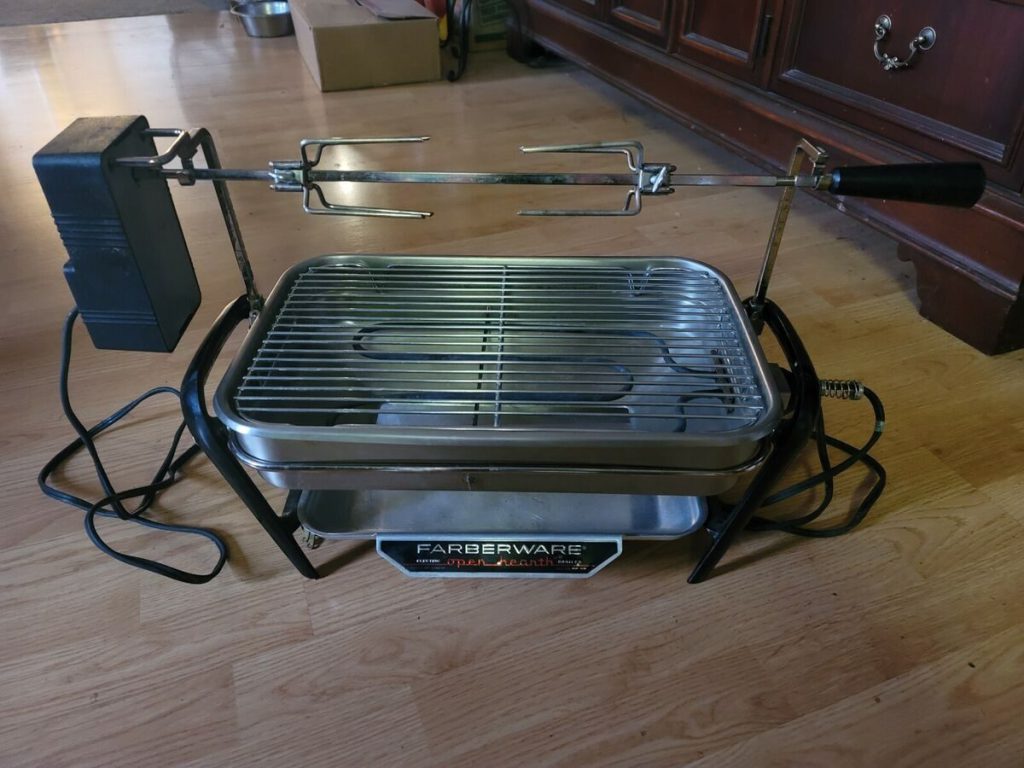
Rotisserie attachments for outdoor grilling that promised evenly cooked meat but usually delivered charred exteriors and raw centers. Most backyard chefs discovered that manual turning produced better results with less mechanical drama.
6. Automatic Card Shufflers
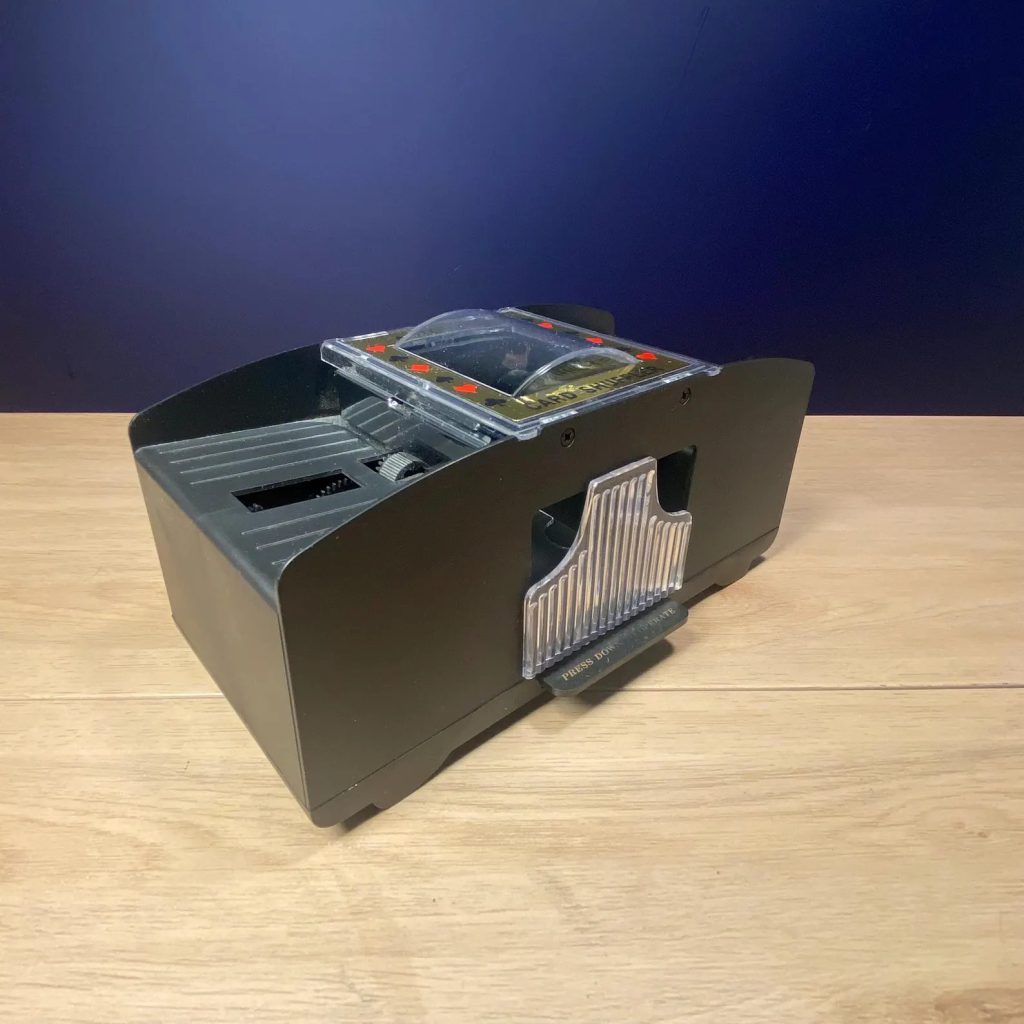
Tabletop devices designed for serious card players that jammed more often than they shuffled. They turned friendly poker games into repair sessions, defeating the entire purpose of convenient entertainment.
5. Electric Fishing Reels
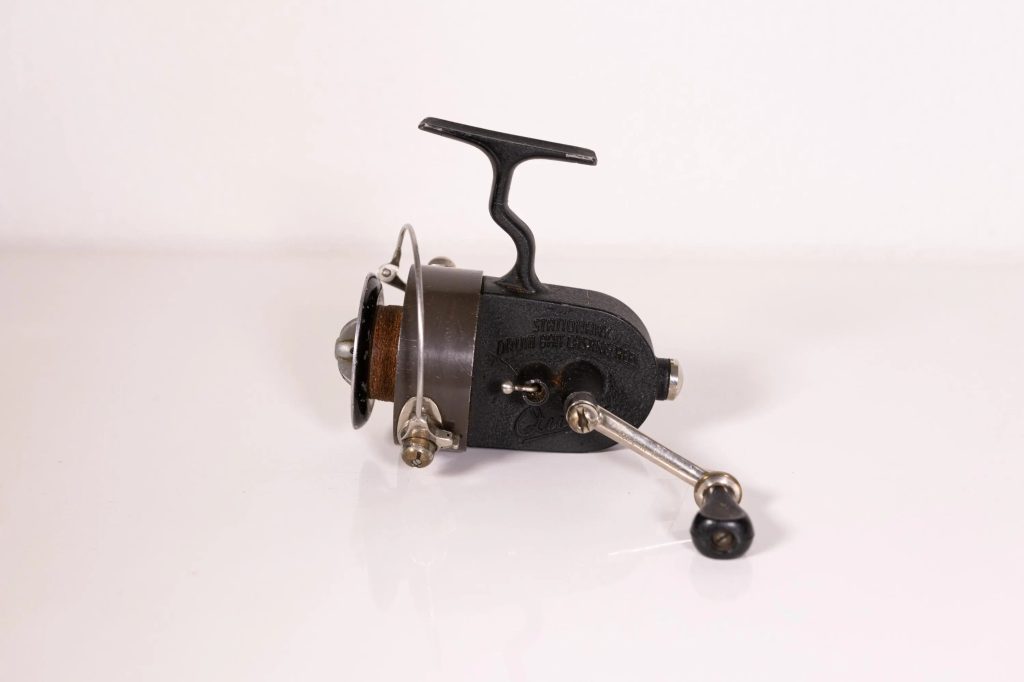
Battery-powered reels promised effortless angling but added weight, complexity, and mechanical failure to what was supposed to be a relaxing pastime. Most fishermen preferred the reliability of manual equipment.
4. Mechanical Cash Registers (Automated Models)
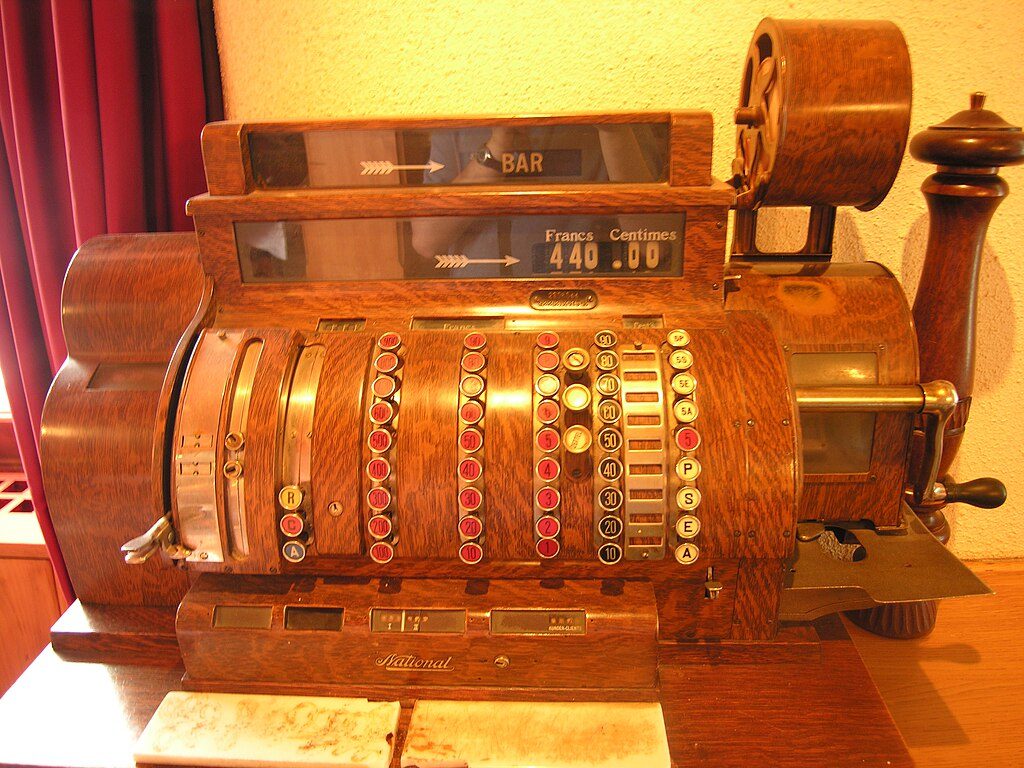
Essential to food shops, these became obsolete as computers changed retail forever. The final automated mechanical models were so complex they required engineering degrees to operate and constant maintenance to function.
3. Electric Typewriter-Calculators
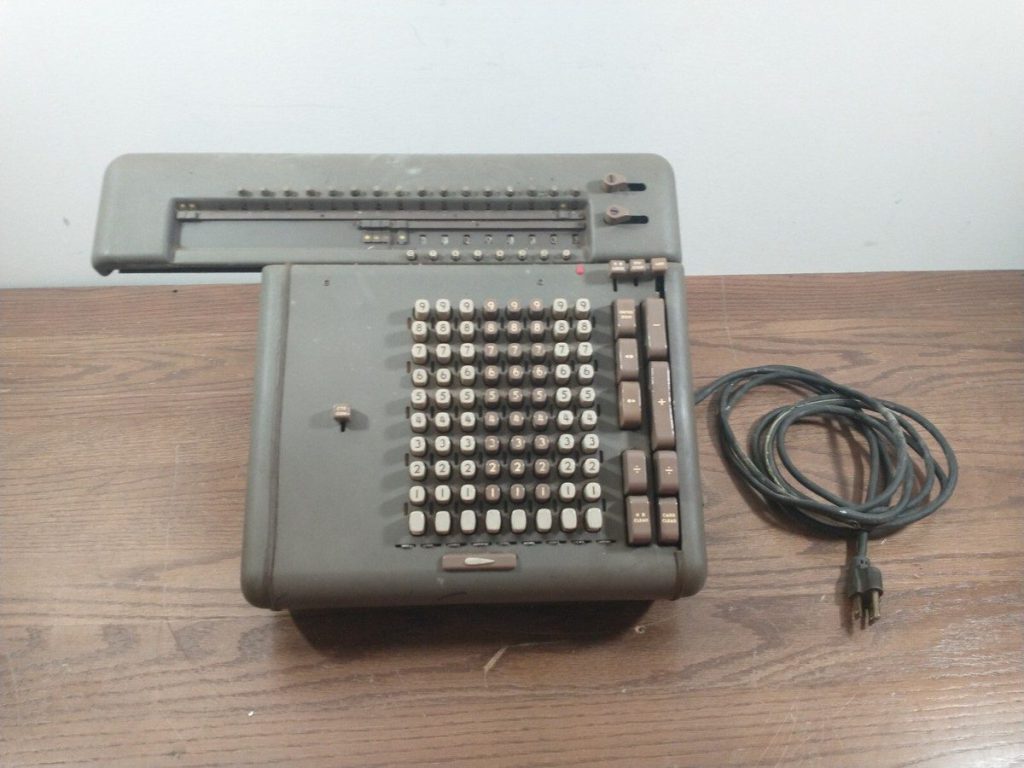
Combination machines that promised to handle both correspondence and mathematics. They excelled at neither task, producing letters with calculation errors and math with typing mistakes.
2. Automatic Filing Systems
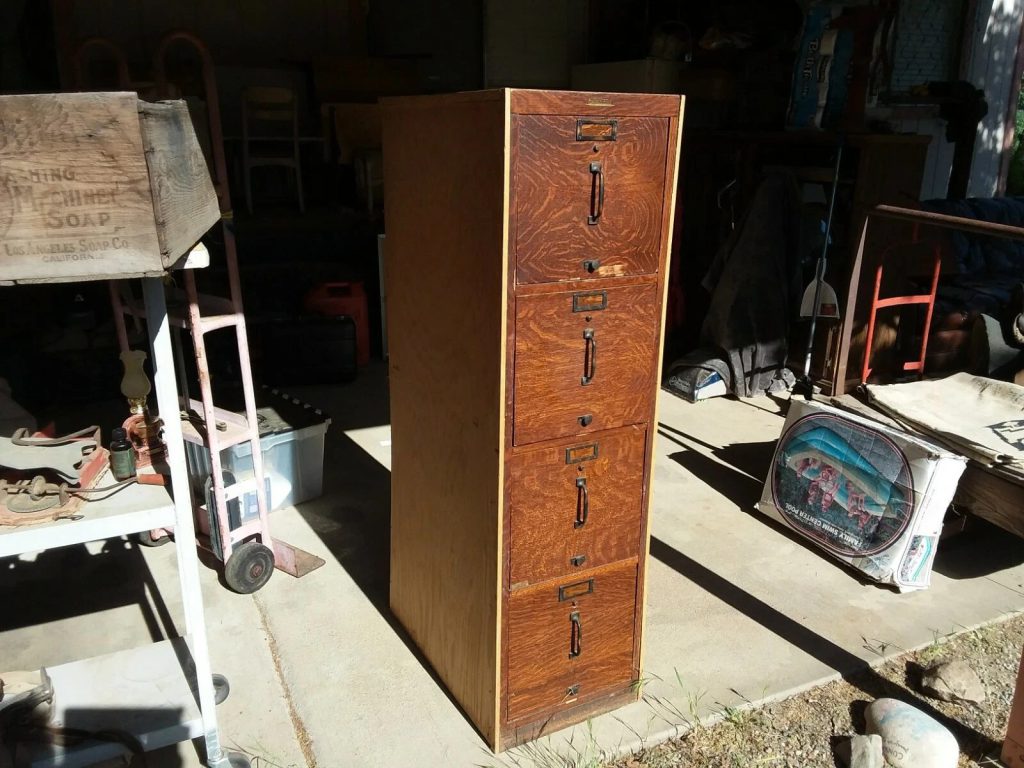
Motorized filing cabinets that promised efficient document retrieval but mostly delivered mechanical breakdowns and lost paperwork. Most offices discovered that manual filing was faster, cheaper, and more reliable.
1. Voice-Activated Dictation Machines
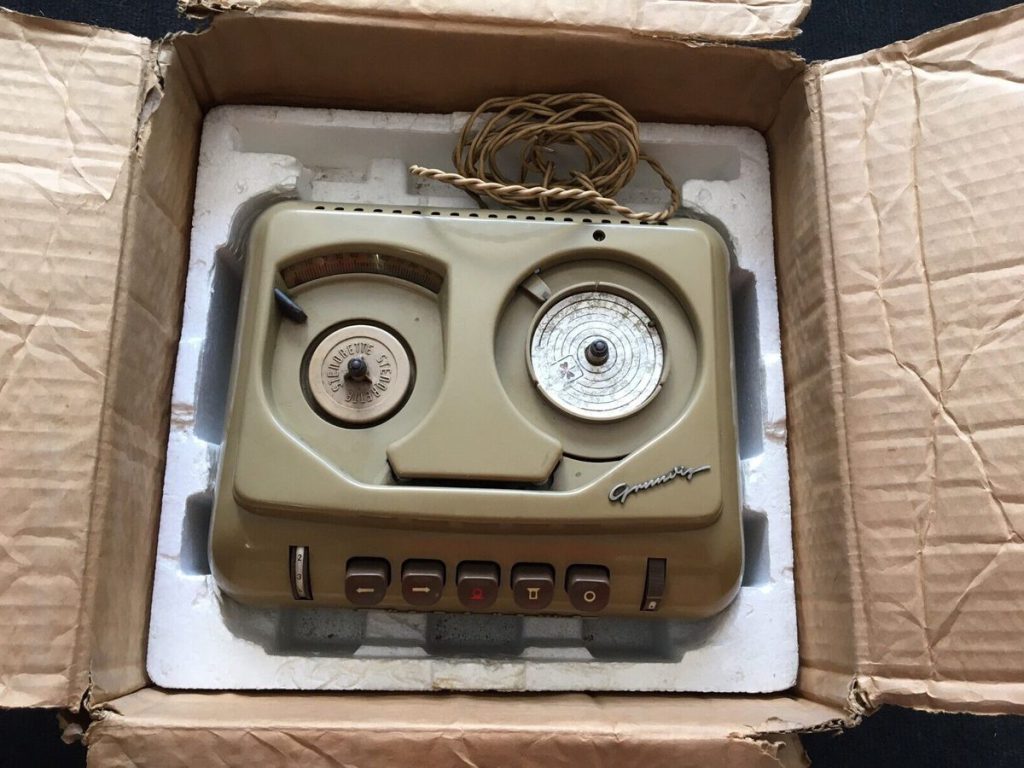
Early speech recognition devices that promised hands-free typing but recognized about half the words correctly on a good day. They turned simple correspondence into elaborate guessing games between human intent and mechanical interpretation.


